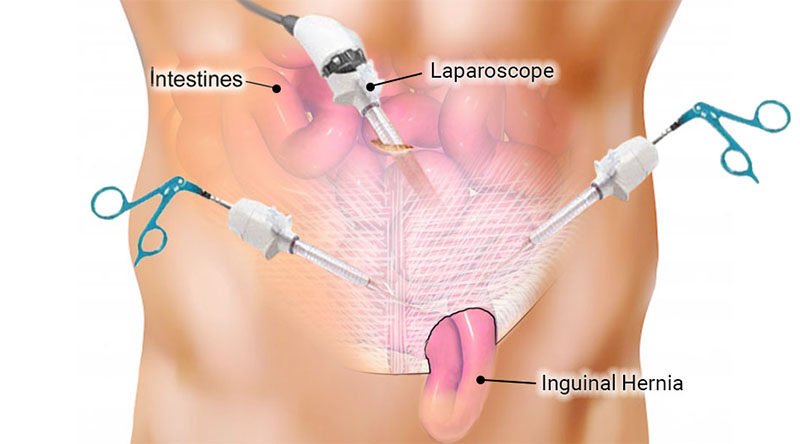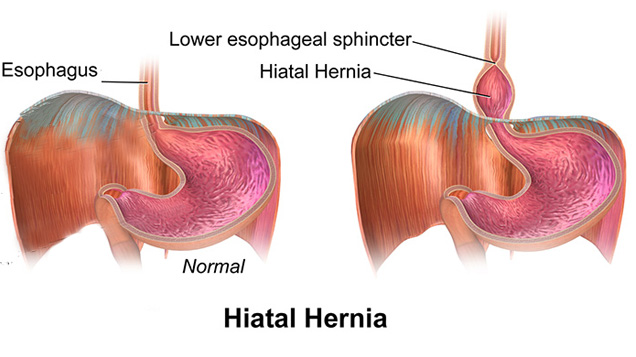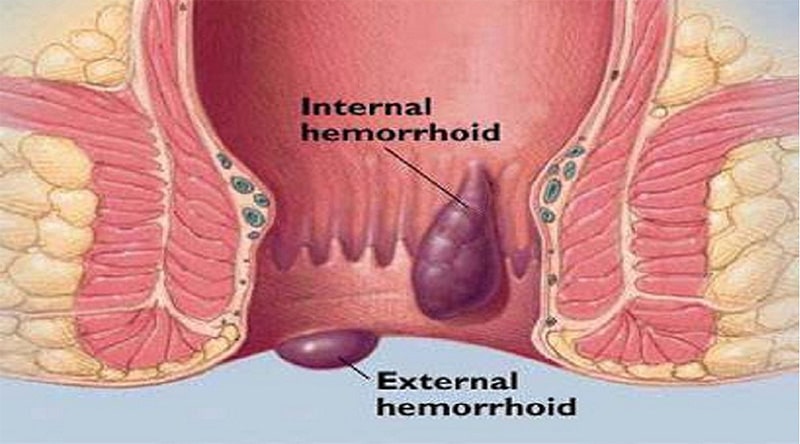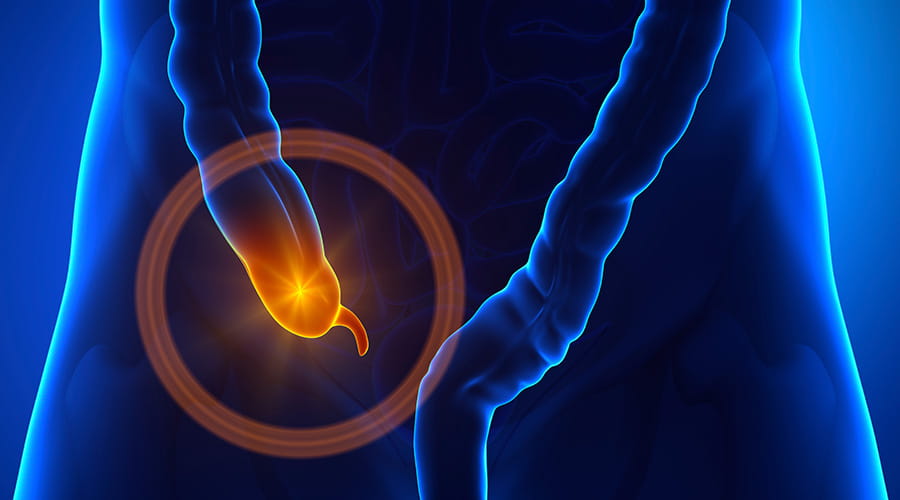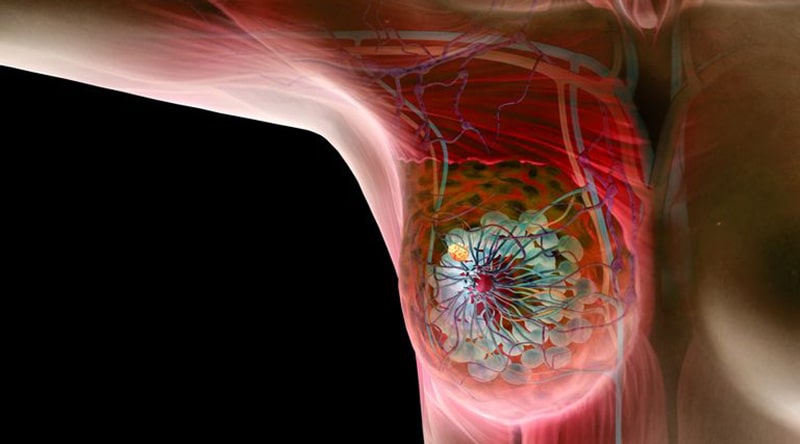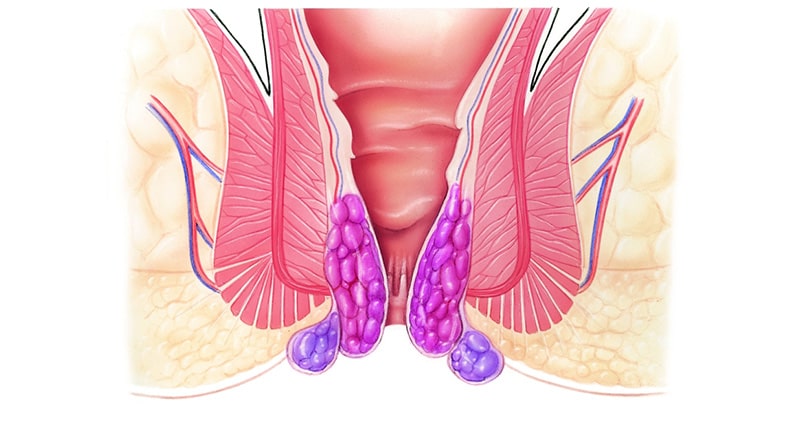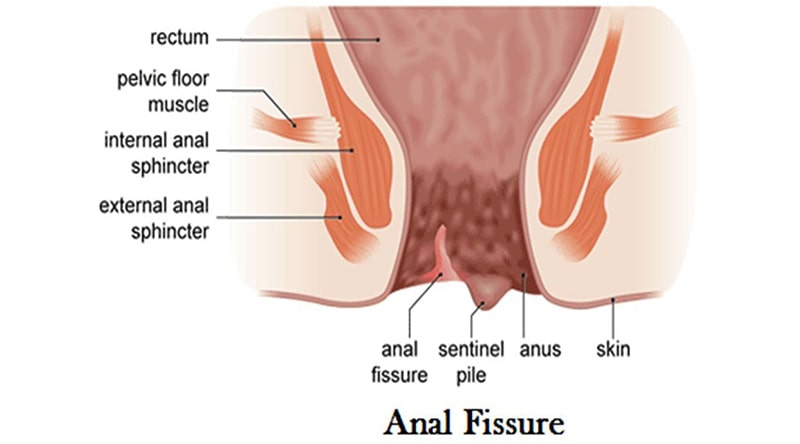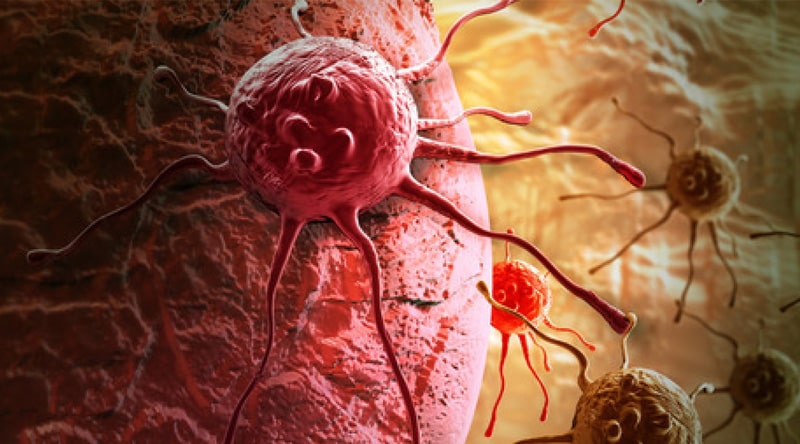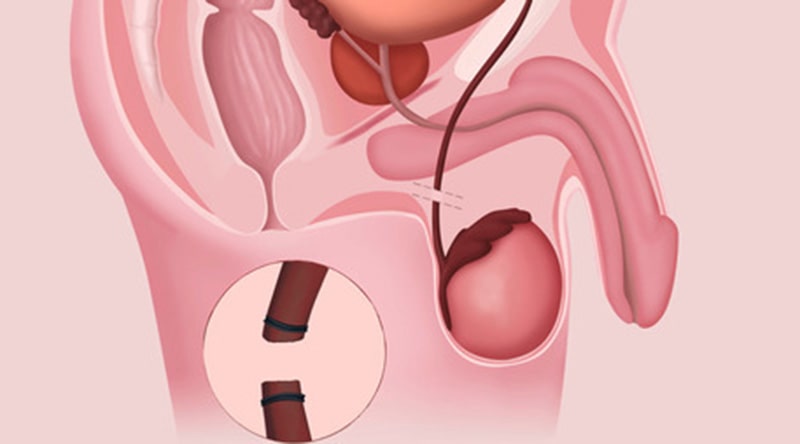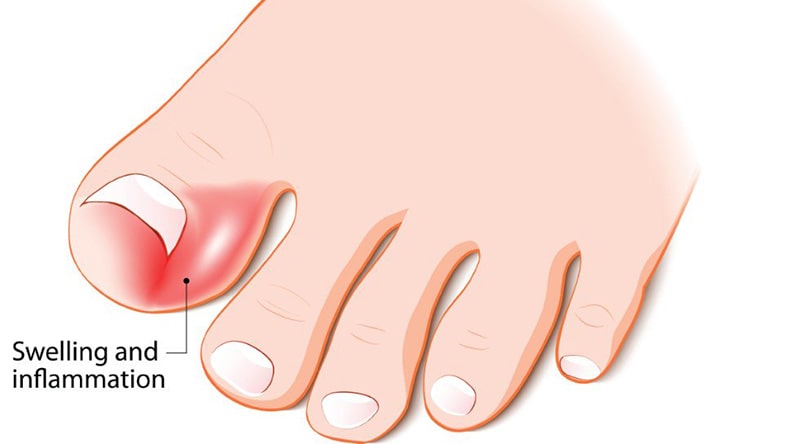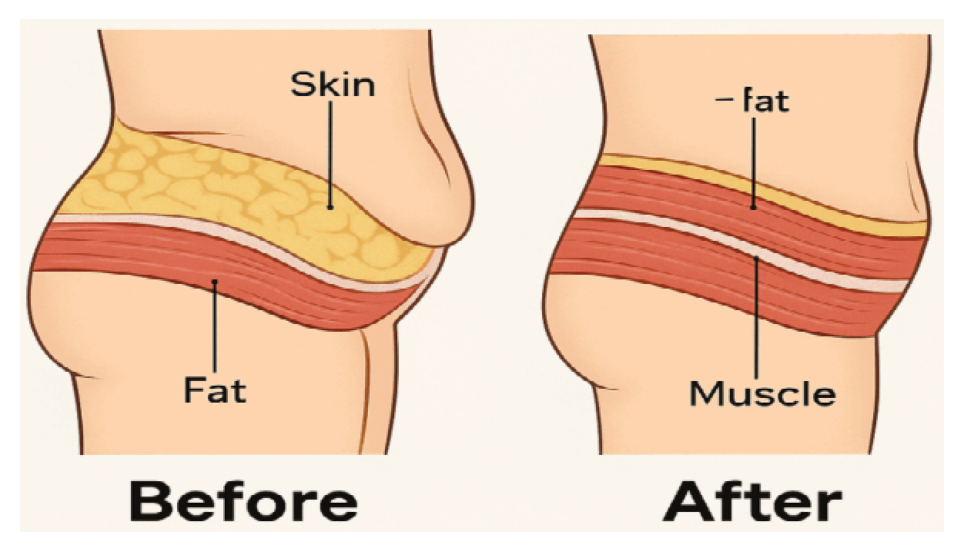Services Overview
Patient information on most commonly performed surgeries:
Obesity, an emerging health epidemic around the world, affects approximately 10% of the Australian adult population. It is a risk factor leading to serious medical conditions such as the heart disease, stroke, high blood pressure, diabetes, gallbladder disease, osteoarthritis, sleep apnoea, asthma, some cancers, and gout.
Read MoreA hernia is an out pouching of tissue that occurs when the inner layers of abdominal muscles become weakened. This results in a visible small sac that may contain part of the intestine or other abdominal tissue. Hernias occur most commonly in the groin (inguinal hernia), the upper thigh (femoral hernia), the navel (umbilical hernia), at the midline (ventral hernia)…
Read MoreANTI-REFLUX SURGERY (Laparoscopic Fundoplication and Hiatal Hernia repair) Gastroesophageal reflux disease (GERD) is common condition which occurs when stomach acid refluxes up into the esophagus (food pipe).
Haemorrhoids or piles are a common condition that result from the enlargement of the haemorrhoidal plexus and pathological changes in the anal cushions (a normal component of the anal canal). When treating symptomatic haemorrhoids, if they do not respond to conservative measures, HAL is the ideal procedure.
Read MoreCholecystectomy is the medical term used to describe the removal of the gallbladder. Most commonly this is done through a laparoscopic technique with additional benefits of smaller scars, reduced post-operative pain and quicker recovery. However in some conditions open rather than laparoscopic surgery may still be required.
Read MoreAppendicitis is an inflammation of the appendix. An appendectomy refers to the surgical removal of the appendix, which is located in the right lower side of the abdomen. This surgical procedure is commonly performed as an emergency surgery to treat appendicitis. Appendectomy may be performed laparoscopically or as an open operation.
Read MoreSurgery of the large bowel may involve a right or left hemicolectomy. A hemicolectomy is the surgical term used to describe the removal of a portion of the large bowel (colon/intestine). These surgical procedures are performed in instances of large bowel malfunction and disease (Crohn’s disease, Diverticular disease and colon cancer).
Read MoreBowel obstruction occurs when there is partial or complete blockage of the small or large intestine which prevents the passage of fluid and digested food. The most common causes of small bowel obstruction are adhesions (following injury or surgery), hernias and cancer.
Read MoreAn operation to remove the cancer, surrounding breast tissue and nearby lymph nodes, is usually the preferred first treatment. Non-cancerous (benign) breast conditions are breast changes that are not cancer. They are very common and most women have them.
Read MoreDiverticulitis is a condition when small bulging pouches (diverticula), formed in the lining of the bowel, get infected or inflamed and cause discomfort. Diverticulitis can cause severe abdominal pain, tenderness around the left side of the lower abdomen…
Read MoreThe pancreas is a large gland in the abdomen that is responsible for producing digestive enzymes. Pancreatitis occurs when these digestive enzymes are activated before they are released into the small intestine, resulting in severe inflammation and damage to the pancreas and surrounding tissues.
Read MoreHaemorrhoidectomy involves the surgical removal of haemorrhoids. Most haemorrhoids are located in the 3, 7 and 11 o’clock position. Traditional haemorrhoid surgery involves cutting the haemorrhoids out, leaving a number of open wounds.
Read MoreA fistula is a tiny channel or tract that develops in the presence of inflammation and infection. The channel usually runs from the rectum to an opening in the skin around the anus. If the fistula does not respond to antibiotics, surgery is usually very effective.
Read MoreA pilonidal sinus is an abnormality where a small pit occurs at the bottom of the tailbone, in the cleft above the buttocks. Infection of the pilonidal sinus is known as a pilonidal abscess. A pilonidal abscess will not respond to conventional antibiotics and requires surgical intervention.
Read MoreA hydrocele is the abnormal backup of fluid around the testicle. A varicocele is the abnormal enlargement of the main testicular blood vessels resulting in swelling of the scrotum. Varicoceles can interfere with fertility, cause pain and other problems.
Read MoreDr. Mastakov treats patients with benign and malignant skin lesions, including the removal of skin cancers, LIPOMAS, skin tags, moles, sebaceous and inclusion cysts. The lesions can be removed under local or general anaesthetic depending on the type, size, location and number of skin lesions.
Read MoreVasectomy is an operation that cuts the sperm transporting tubes called the vas deferens. This prevents sperm produced in the testes from entering into the semen. The goal of a vasectomy is to make a man sterile. This means that he will be unable to father children naturally. It is a very effective, safe and a permanent form of contraception.
Read MoreIngrown toenail surgery is partial nail excision performed under local anaesthetic. It involves the removal of the ingrown portion of the toenail, together with the corresponding nail root. This is done to prevent recurrence of the ingrown toenail.
Read MoreAbdominoplasty, commonly called a tummy tuck, removes excess abdominal skin and tightens the underlying muscles to restore a smoother, firmer abdominal contour. It’s especially beneficial after significant weight loss or pregnancy, helping to correct stretched or separated muscles and improve overall body confidence.
Read More
Colonoscopy
A colonoscopy is the endoscopic examination used to inspect the large bowel (colon) and is usually done in a day facility or hospital. Dr. Mastakov is accredited for colonoscopy with the Gastroenterological Society of Australia (GESA).


